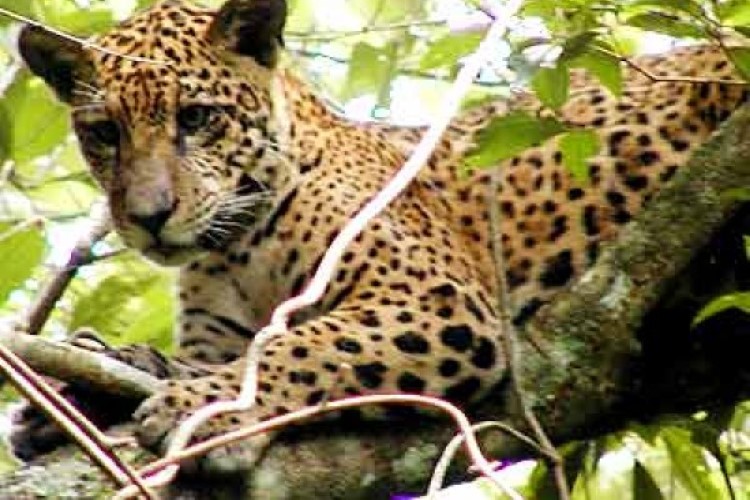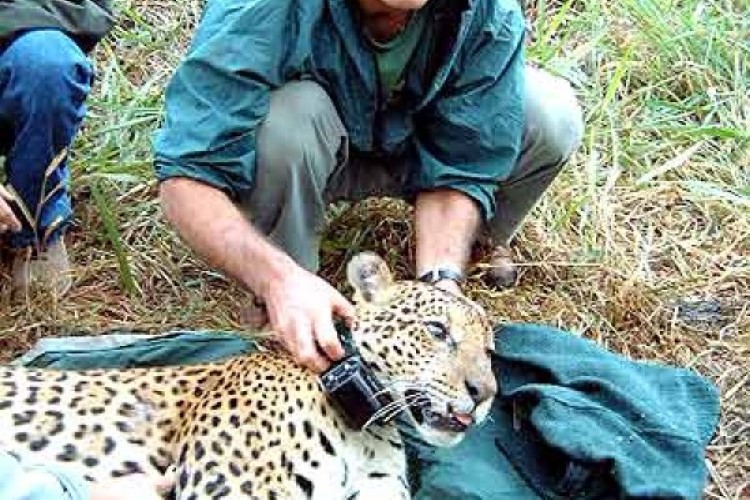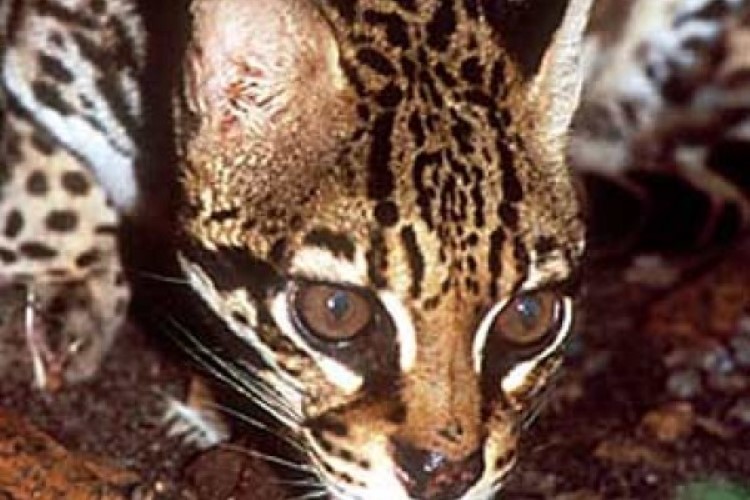Onde Estamos
Rod. Dom Pedro I, km 47
Nazaré Paulista, SP, Brasil
Caixa Postal 47 – 12960-000
Tel: (11) 3590-0041

The project seeks field information on population size, genetic conservation status and dispersal patterns of large mammals from Morro do Diabo State Park and forest remnants in Pontal do Paranapanema (SP).
The results of this study will be essential for the implementation of two emergency conservation management practices for nature conservation in Pontal: metapopulation management and the implementation of ecological corridors to improve biological diversity in this currently fragmented landscape.
Some individuals of these species have been captured to be fitted with radio collars (equipment used to monitor the animals’ movements), so that they can be found more easily in the wide landscape through which they roam.
The population estimate suggests that there are no more than 20 jaguars, 30 pumas, just over 120 ocelots and 250 tapirs surviving in the Pontal do Paranapanema region, which contains approximately 36,000 hectares of forest in the Morro do Diabo State Park and small forest fragments totaling 21,000 hectares spread across the region’s landscape.
This number of animals is well below the viable number of 500, which is recommended for the long-term survival and viability of a population of any species. The state of severity can be observed through manifestations of genetic depression in a recently captured male puma. Future analyses will reveal their genetic status.
Preliminary information on dispersal behavior has shown that these large mammals are still surviving in small areas of forest, mainly because they are able to exploit nearby resources and move long distances between forest fragments.
Conservation over time will probably require metapopulation management, with the aim of rescuing the genetic viability of the species studied. At the moment, forest corridors are being restored or formed to better preserve the dispersal routes used by the animals in their movements. This connectivity of the fragments aims to guarantee the survival of the “ecological detectives”, while also facilitating the conservation of all the species that could benefit from the new forested paths.
Puma (Puma concolor), Jaguar(Panthera onca), Ocelot(Leopardus pardalis) and Tapir(Tapirus terrestris).








Rod. Dom Pedro I, km 47
Nazaré Paulista, SP, Brasil
Caixa Postal 47 – 12960-000
Tel: (11) 3590-0041
Termos de Uso | Política de Privacidade | Ouvidoria
Copyright © Ipê – Instituto de Pesquisas Ecológicas.
Email: [email protected]